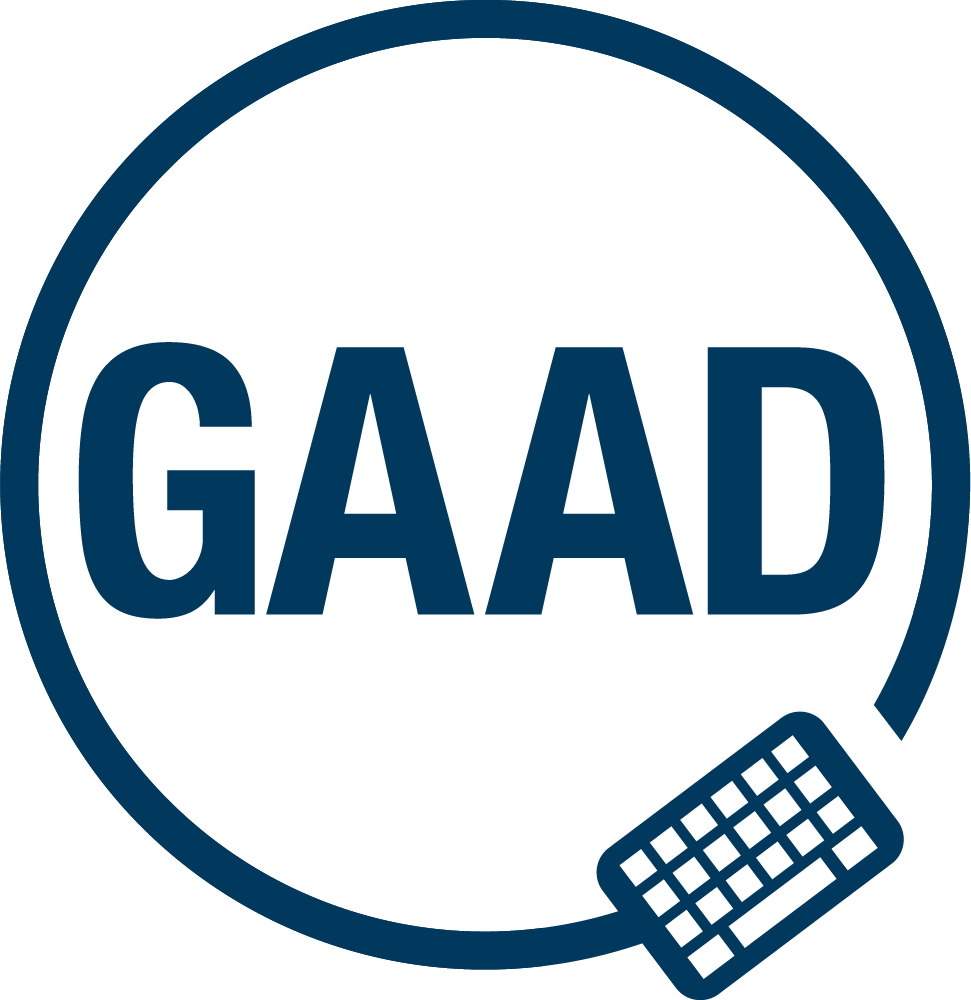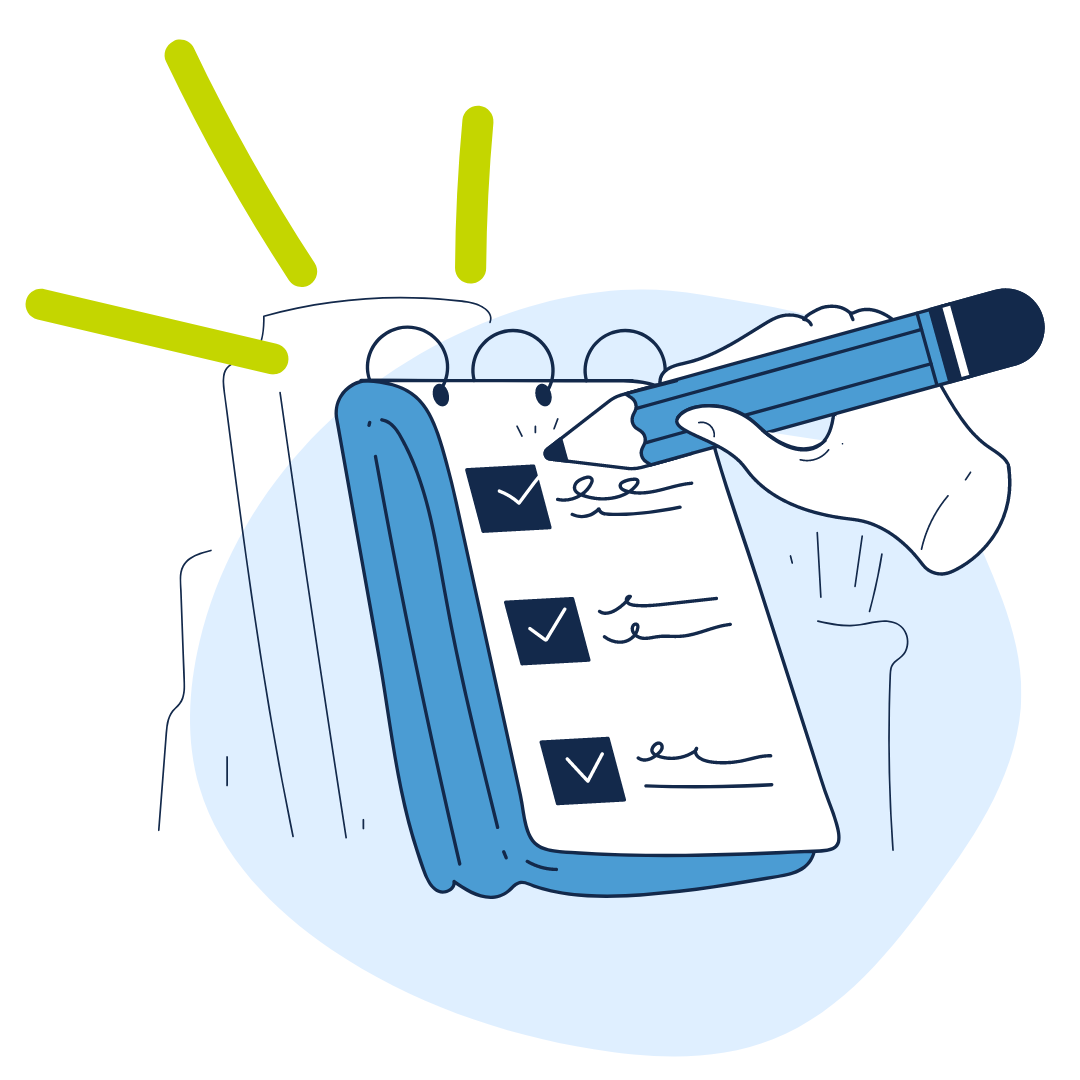The Digital Accessibility Office is sharing new digital accessibility learning opportunities and kicking off its five-year anniversary celebration. Later this summer, the Digital Accessibility Office (DAO) will celebrate its fifth year of enabling the University community to deliver accessible digital content and resources.

What better way to celebrate than making it easy and fun to learn about accessibility? Read on for details about a free virtual conference, office hours for Global Accessibility Awareness Day and some quick tips for making your content accessible.
Digital accessibility is the practice of making technology and digital content more accessible to people with a diverse range of hearing, movement, sight and cognitive abilities. The goal is to create an inclusive campus through the digital materials used in courses, on websites and more. This goal aligns with the University’s strategic initiative to Build Our Community Together.
Here are some digital accessibility learning opportunities to jump start — or continue — your own accessibility journey.
Join the journey: Free virtual conference
For a fourth year, the Digital Accessibility Office is collaborating with the North Carolina Higher Education Accessibility Collaborative to produce the Join the Journey conference, a free professional development opportunity.
Registration is open for the free conference, to be held June 27, 9 a.m. to 4 p.m. Attendees are welcome to join for a single session or to stay all day.
The conference will feature a keynote by the Office of Civil Rights, a session on the new ADA title II regulation and several sessions dedicated to image accessibility. You can view the full agenda on the conference website.
Chelsea Porter, Head of the Digital Accessibility Office, called the conference “a fantastic opportunity to learn, connect and share insights with experts in the field.”
The North Carolina Higher Education Digital Accessibility Collaborative organizes the conference, and members alternate hosting the event. UNC CAUSE, an organization that encourages IT collaboration among UNC system schools, is partially sponsoring the conference.

UNC-Chapel Hill was a founding member of the collaborative and has been highly involved each year, including hosting it in 2021 and 2024 and co-organizing it in 2022 and 2023.
Recordings of presentations (if permitted) will be available on the NCHEDAC Resources YouTube Channel after the conference.
Celebrate Global Accessibility Awareness Day
May 16 is Global Accessibility Awareness Day (GAAD). GAAD is an annual event that celebrates and raises awareness about the importance of making digital content accessible to everyone. GAAD started 13 years ago with a single blog post urging developers to think about making their content more accessible.

For this Global Accessibility Awareness Day, the Digital Accessibility Office will host office hours. These office hours will give Tar Heels an opportunity to speak one-on-one with DAO staff.
“Our experts are here to help,” Porter said. “These 15-minute reservations are your chance to ask questions, share ideas and dive into topics related to digital accessibility. Whether you’re curious about the new ADA ruling, are working on a project, or simply want to improve your understanding of accessibility.”
Jump in with quick tips
Can’t wait to get started? The DAO has three quick tips for making your content more accessible.
1. Outlook
Since email is one of our most-used productivity tools, make it accessible! Ensure your email is using accessible fonts and colors, descriptive link text and effective alt text. Even better, there’s an on-brand and accessible signature option available from UNC Identity. Download it from the “brand templates” section.
2. Microsoft apps
When working in Word and PowerPoint, start with accessibility by preparing accessible templates for your department. Use headings, write meaningful alt text for visuals, and accessible fonts and colors that provide enough contrast.
3. Zoom
There are a few things you can do to make your Zoom meetings accessible from start to finish — provide presentation materials in advance, seek accommodation requests and enable closed captioning.

And if you still can’t get enough digital accessible learning opportunities, you can find additional training opportunities on the DAO website.
